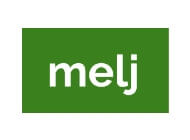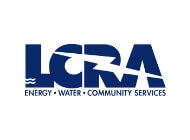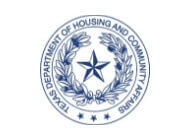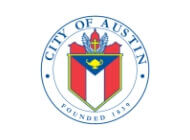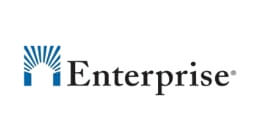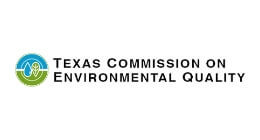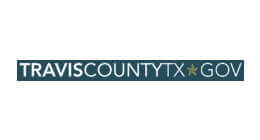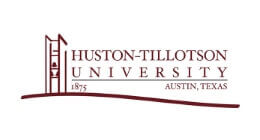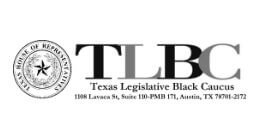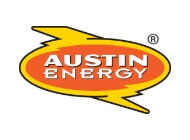Historically Black Colleges and Universities (HBCUs) are the engines responsible for advancing the economic, social, and cultural development of the black community. Currently, these institutions are experiencing operational issues that are causing a lack of financial resources required to maintain accreditation and campus infrastructure. Compounding the situation is the inability to attract students and staff to their campuses and their communities.
The HBCU Community Development Corporation (HBCUCDC) merges the economic potential of HBCUs and their surrounding communities to create public/private partnerships capable of attracting the funding needed to build the infrastructure required to increase student enrollment along with addressing the other problems confronting these institutions. HBCUCDC uses existing funding sources and the latest advances in data analytics to refurbish these engines of economic, social, and cultural advancement.














